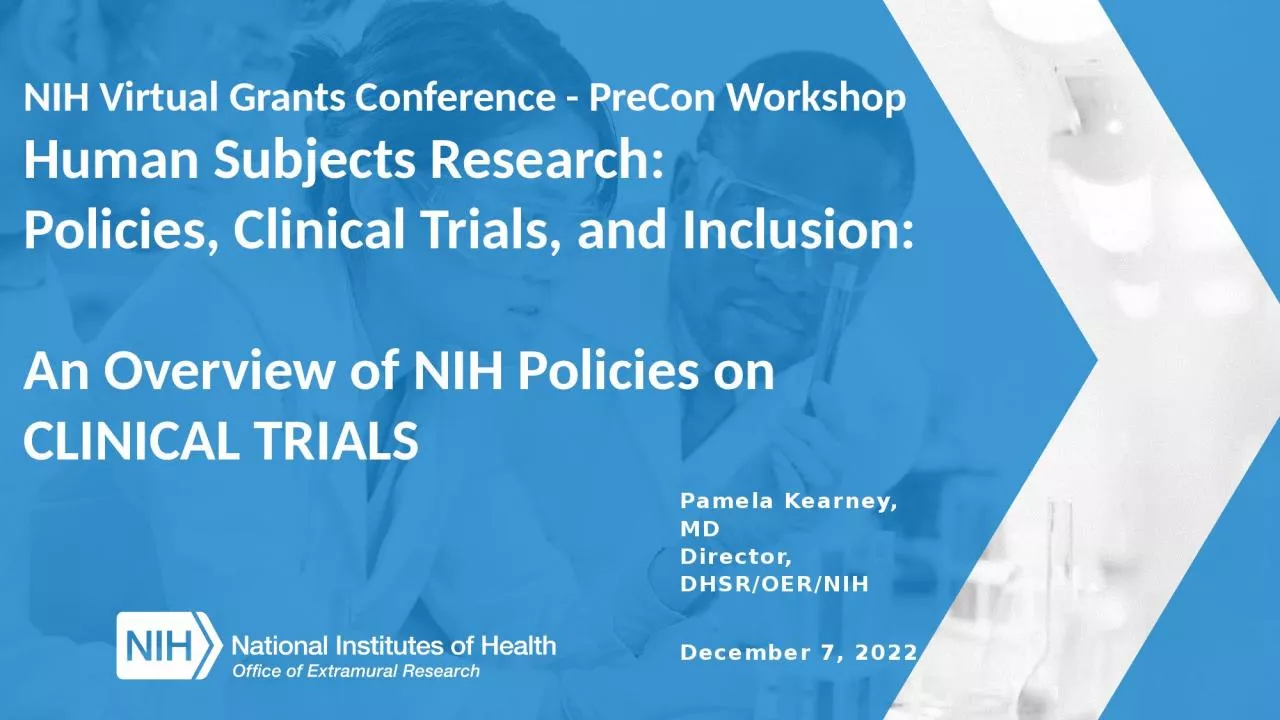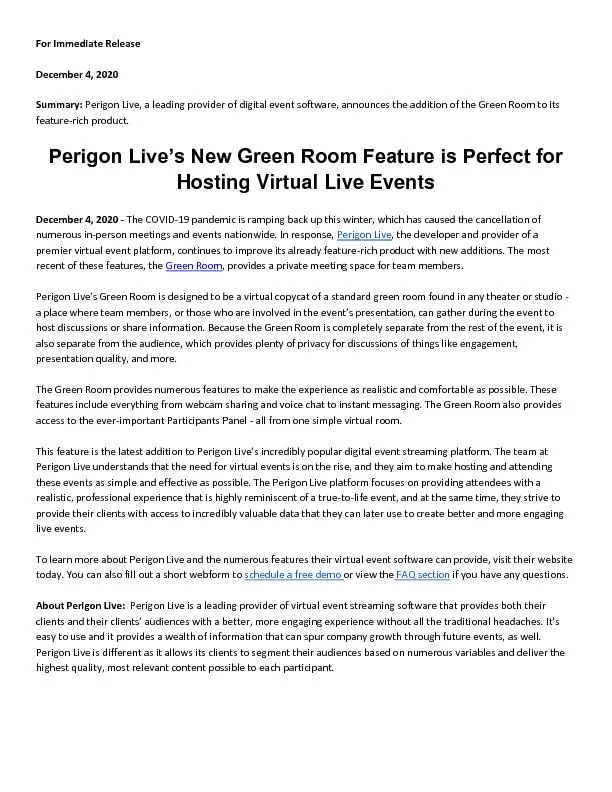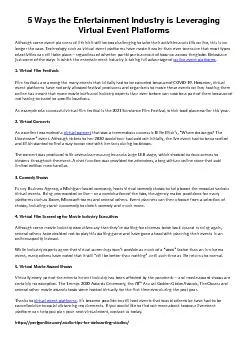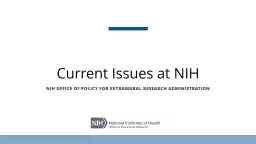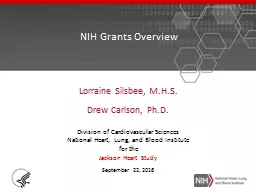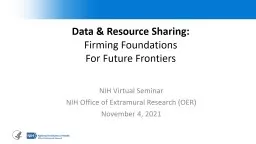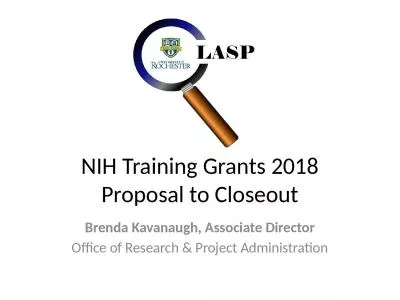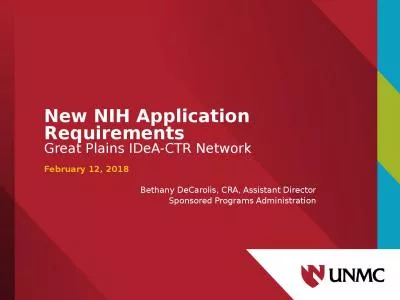PPT-NIH Virtual Grants Conference -
Author : faith | Published Date : 2023-05-29
PreCon Workshop Human Subjects Research Policies Clinical Trials and Inclusion An Overview of NIH Policies on CLINICAL TRIALS Pamela Kearney MD Director DHSROERNIH
Presentation Embed Code
Download Presentation
Download Presentation The PPT/PDF document "NIH Virtual Grants Conference -" is the property of its rightful owner. Permission is granted to download and print the materials on this website for personal, non-commercial use only, and to display it on your personal computer provided you do not modify the materials and that you retain all copyright notices contained in the materials. By downloading content from our website, you accept the terms of this agreement.
NIH Virtual Grants Conference -: Transcript
Download Rules Of Document
"NIH Virtual Grants Conference -"The content belongs to its owner. You may download and print it for personal use, without modification, and keep all copyright notices. By downloading, you agree to these terms.
Related Documents

